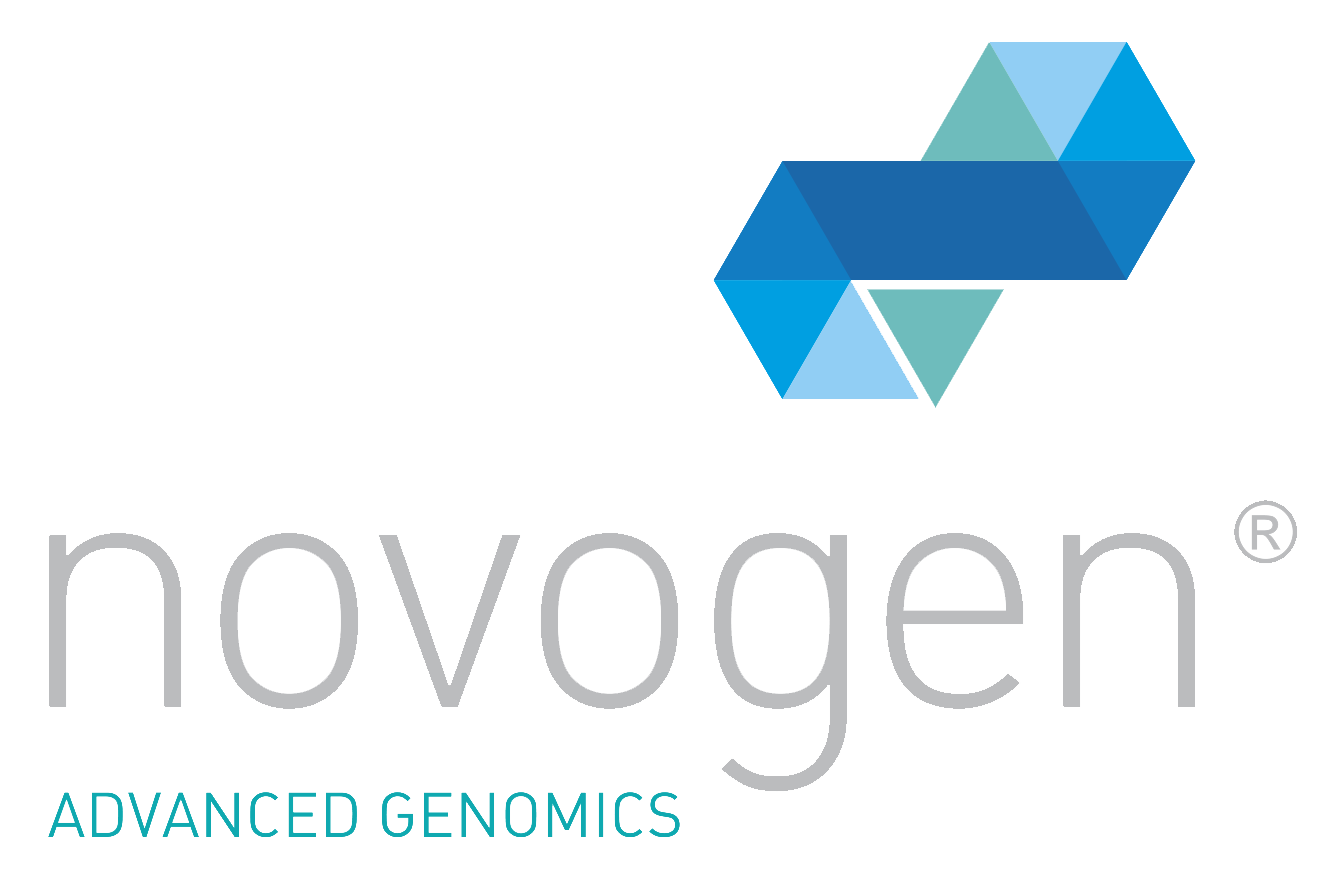T cell activation and function require a structured engagement of antigen-presenting cells. These cell contacts are characterized by two distinct dynamics in vivo: transient contacts resulting from promigratory junctions called immunological kinapses or prolonged contacts from stable junctions called immunological synapses. Kinapses operate in the steady state to allow referencing to self-peptide-MHC (pMHC) and searching for pathogen-derived pMHC.
Synapses are induced by T cell receptor (TCR) interactions with agonist pMHC under specific conditions and correlate with robust immune responses that generate effector and memory T cells. High-resolution imaging has revealed that the synapse is highly coordinated, integrating cell adhesion, TCR recognition of pMHC complexes, and an array of activating and inhibitory ligands to promote or prevent T cell signaling. In this review, we examine the molecular components, geometry, and timing underlying kinapses and synapses.
We integrate recent molecular and physiological data to provide a synthesis and suggest ways forward.Technology can be complicated, but we’ve seen it all before and can help…

